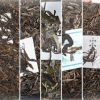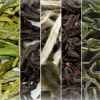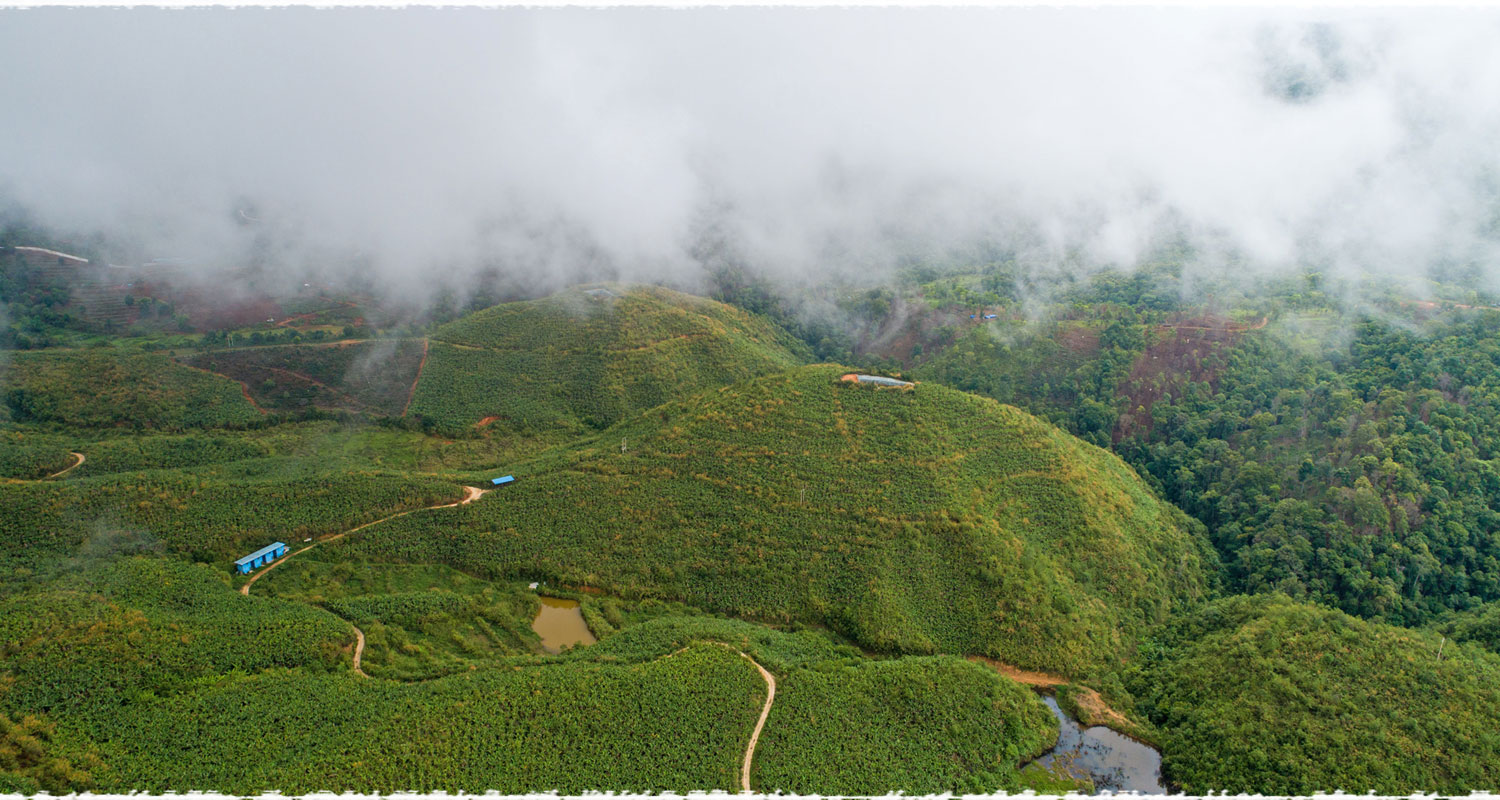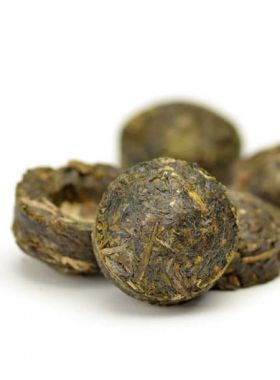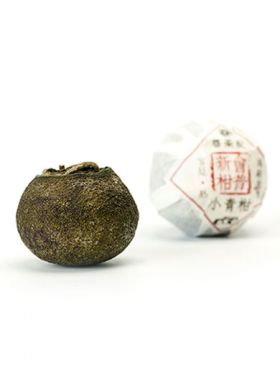-
Fast ShippingFree shipping for orders above $40
to most countries. -
Secure PaymentPay with Paypal, Credit Card …
-
Carefully SelectedFrequently Visit Tea Gardens.
Taste Repetitiously -
15 Days RefundNo Questions Asked
Refund Policy
Ancient Tree Dragon Ball Raw Pu-erh Tea
Hand-rolled tiny ball, sweet aftertaste
Hand-rolled tiny ball, sweet aftertaste
| Origin: |
Bulang Mountain, Menghai County, Xishuangbanna, Yunnan Province, China |
|---|---|
|
Harvest Date: |
March 18, 2021 |
| Dry Leaf: |
Hand rolled into ball-like shape, dark green color, packaged with cotton paper |
| Aroma: |
Fragrance of pekoe and fresh leaves scent |
| Liquor: |
Bright yellowish-green |
| Taste: |
Smooth and fresh, slight bitterness but with sweet aftertaste, promoting the secretion of saliva |
| Tea Bush: |
Menghai large-leaf tea bush species (60-80 years) |
| Tea Garden: |
Bulang Mountain Ancient Tea Garden (1500-1600 meters altitude) |
| Caffeine: |
Moderate caffeine (less than 20% of a cup of coffee) |
| Storage: |
Store in cool, dry place away from sunlight; keep ventilated |
| Shelf Life: |
The aged the better |
Angel's Comment:
This Ancient Tree Raw Pu-erh Dragon Ball is convenient to carry and ideal for raw tea lovers to enjoy on a daily basis.
This ancient tree raw pu-erh dragon ball was produced from tea leaves picked early Spring 2016, from trees older than 300 years, in the high mountains. This tea follows the “one bud, one or two leaves” picking standard.
As the Chinese saying goes, “the early spring tea is as precious as gold”. Early spring tea is also called “Ming qian” tea, and it has a rich fragrance and abundant inclusions, meaning that this tea retains a lingering aroma through brewing. Its dry leaves are covered with dense pekoe; enthusiasts for ancient tree tea can smell the characteristic aroma of the trees’ age on these leaves. Compared with normal large-leaf tea tree species, the tea from these trees has a more complex taste, with a slight bitterness up-front that immediately disappears and turns to a stronger, sweeter aftertaste; the age of the trees also lends a slight floral aroma to the tea.
The recommended brewing method of this raw dragon ball pu-erh is to use teacups, brewing for six minutes, so that its taste is the best and sweetness is prominent.
 |
Cup Method |
 |
Chinese Gongfu Method |
 |
Teacup: 12oz / 355ml |  |
Gaiwan: 3.8oz / 110ml |
 |
203℉ / 95℃ |  |
203℉ / 95℃ |
 |
1 piece Tea |  |
1 piece Tea |
 |
Brewing time: 4 - 6 mins |  |
10 steeps: rinse, 50s, 30s, 30s, 30s, 30s, 40s, 50s, 60s, 70s, 90s |
| Rinse time is around 5 seconds |
Bulang Mountain has a long history of tea planting. As early as more than 1,000 years ago, Bulang nation people here began to grow tea. Bulang Mountain Ancient Tea Garden includes a number of pollution-free alpine forest areas, of which Banzhang and Lao Man'e are the most famous. The soil here is fertile, sunny, and rainfall is abundant. The average annual rainfall is about 1300 mm, and the annual average temperature is 18 ℃ ~ 21 ℃. Furthermore, Bulang Mountain tea is a green and healthy ecological tea that is free of chemical fertilizers and pesticides. Therefore, it is very popular among tea lovers.
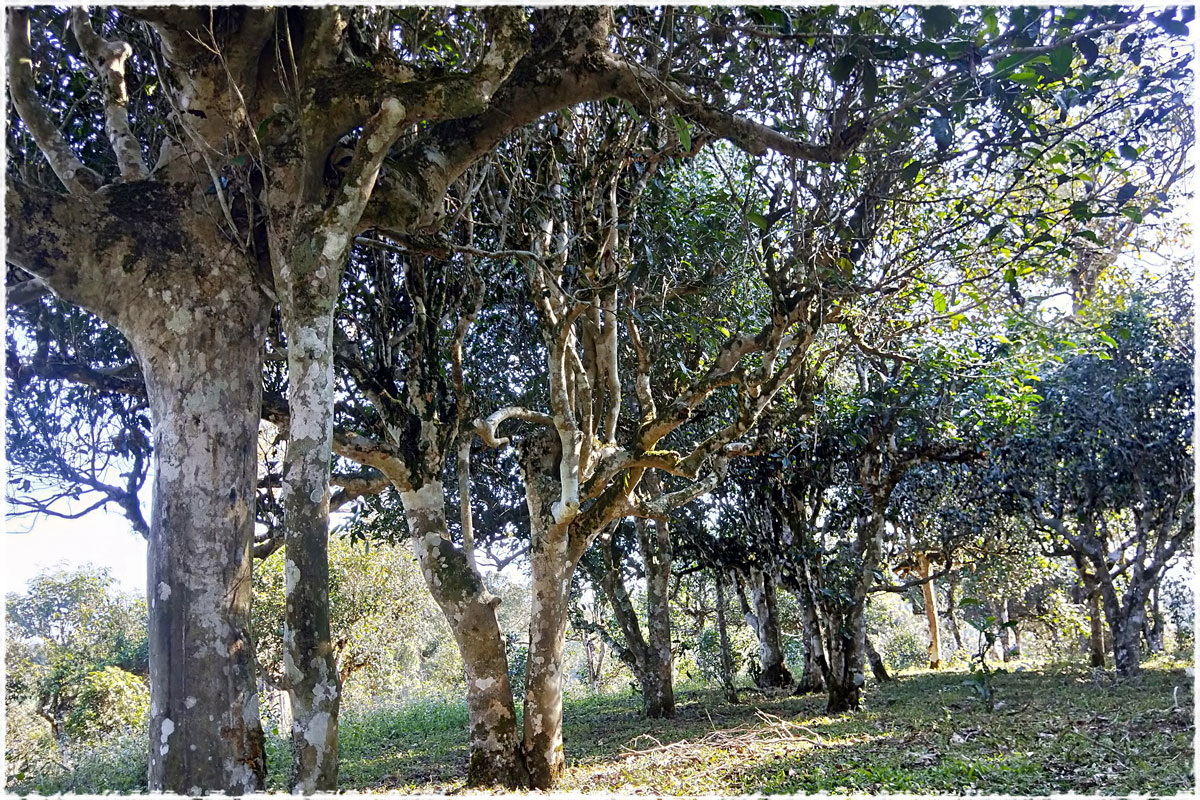
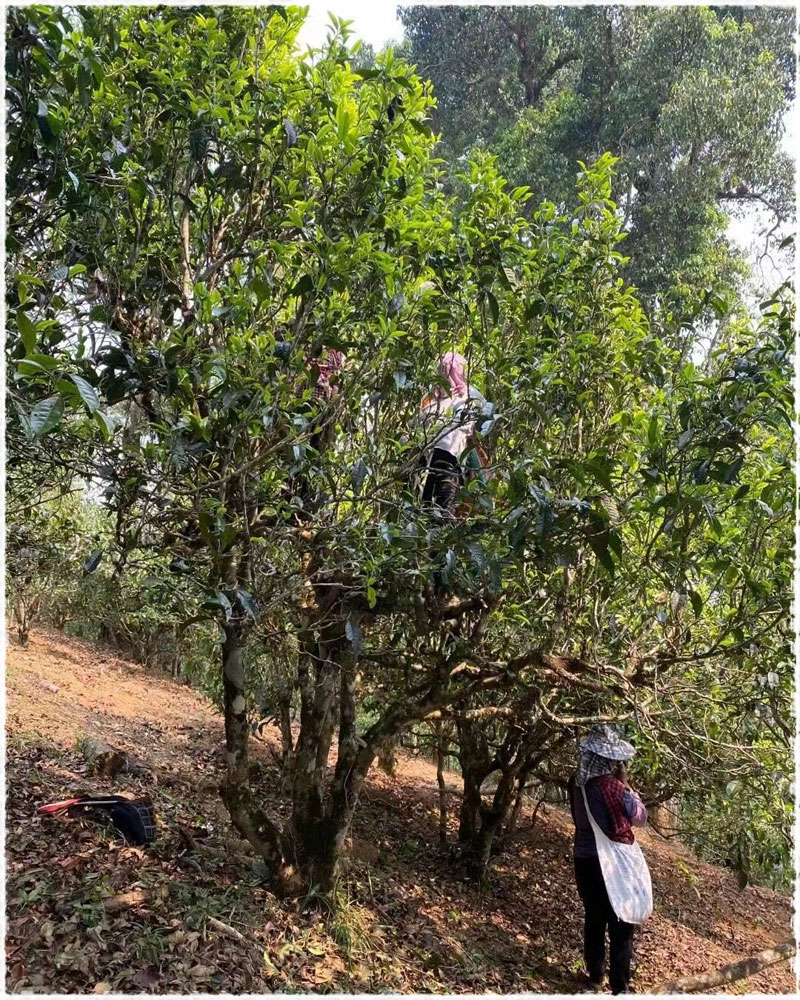
Bulang Mountain sits in Menghai County of Xishuangbanna, Yunnan, and is a famous area of pu-erh production. This mountain houses the largest concentration of ancient tea trees within a 100,000-hectare area.
The mountain rolls and stretches across Menghai, with deep valleys cutting through hills that can reach up to 1216 meters on average, with the highest point, Sanduo Peak, rising almost 2100m above sea level. Bulang Mountain experiences a subtropical monsoon climate, with abundant sunlight and rainfall of about 1374mm per year, and the average temperature between 18 and 21℃. There is little risk of frost here, and the season for it is also short; during the spring and winter a heavy fog blankets the mountain, while the summer and autumn months are often overcast and rainy.
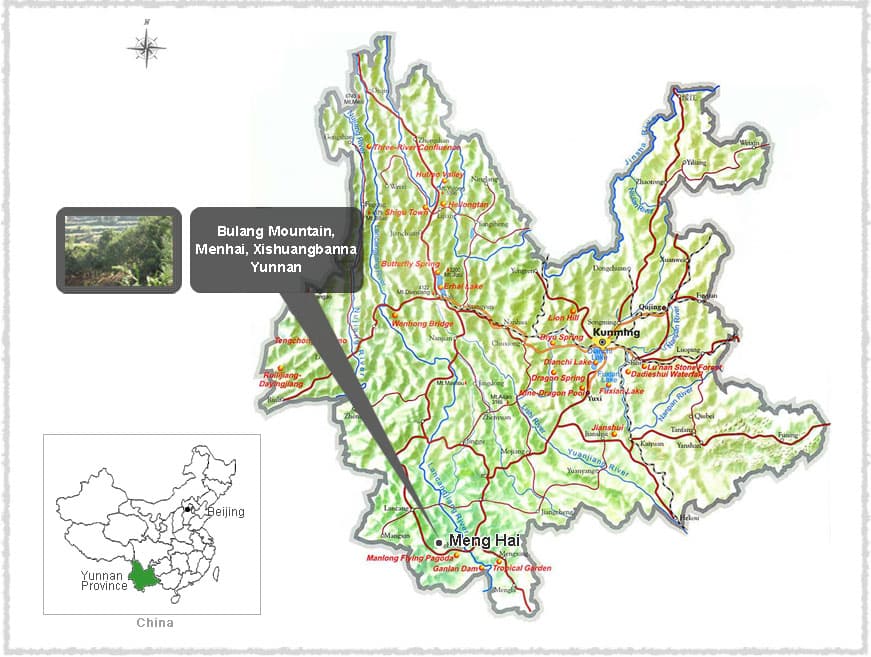
Native to Menghai County in Xishuangbanna, the Menghai large-leaf tea species was rated as the most improved national variety in 1984. It grows up to 7m tall in the wild with bold green leaves noticeably larger than more common varieties, and the buds of this species are yellowish-green and coated in fuzz. The leaves are high in phytochemicals, with one bud and two leaves containing 2.3% amino acids, 32.8% polyphenolic compounds, 4.1% caffeine, and 18.2% catechinic acid. Because of this, pu-erh tea made from this species is high in quality, rich yet soft in taste, and maintains a full-bodied essence.
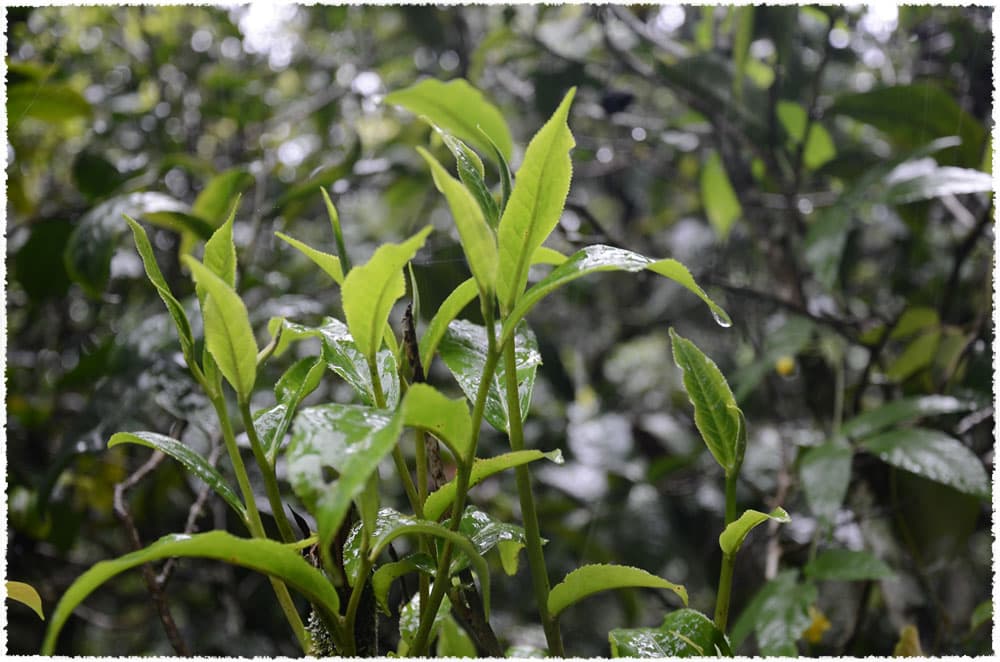
Pu-erh is one of the oldest types of tea in China with a history stretching back over 1700 years to the Eastern Han Dynasty, when the tea was called Jing Cha. It is named after the town of Pu’er in Yunnan province, which was originally the early trading center for this tea. In early history pu-erh was used as a bartering currency in southwest China, with the famed Cha Ma Gu Dao, the Tea Horse Road, being built for the purpose of transporting this tea through the Himalayas to other countries and areas in Tibet.
-
5 stars10
-
4 stars12
-
3 stars14
-
2 stars1
-
1 star0



